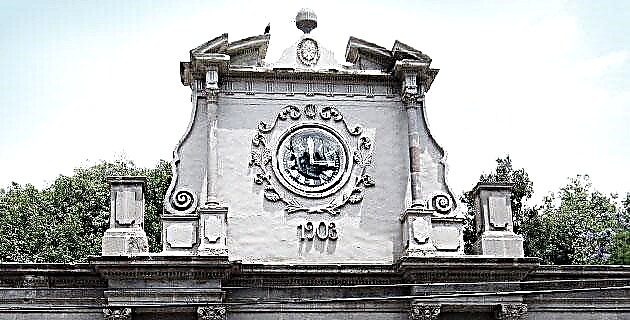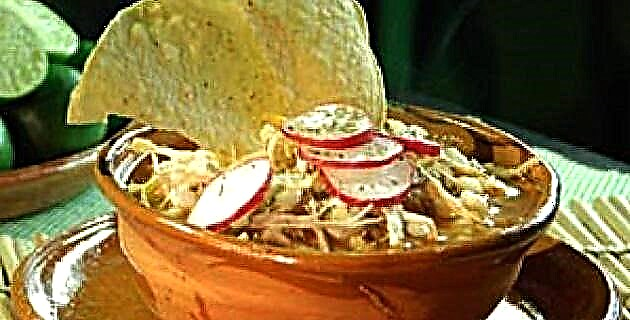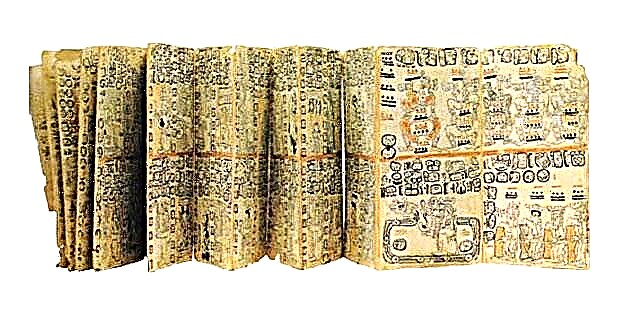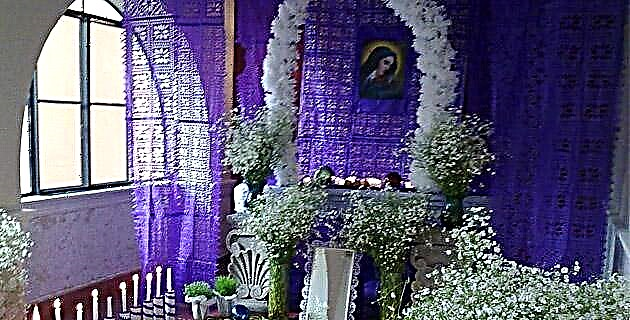
In the 18th century the Altares de Dolores were known as “Fires” due to the large number of candles with which they were lit and because of the waste of money that was incurred in buying food for the guests.
Because between albas curtains and flowers in your garden, and germinated chia, and oranges with flying golds, you enclose your heartfelt poetry in an altar on Friday of Sorrows.José Juan Tablada
Don José Hernández has lived in the neighborhood of the Capilla de Jesús since his childhood, a man very concerned that our traditions will not disappear. An architect by profession whose modesty makes him call himself a craftsman. He is a researcher born in Guadalajara and has fought desperately for 25 years so that the beautiful family custom of making an annual altar in the capital of Jalisco flourishes and regains the strength of yesteryear.
Many years ago, with the Friday of Dolores the Holy Week celebrations began. That day had been dedicated to the Virgin by a provincial synod held in Cologne, Germany, in the year 1413, consecrating the Sixth Friday of Lent to her. Some time later, in 1814, this feast was extended by Pope Pius I saw the whole Church.
Since the sixteenth century, the Friday of Sorrows had a deep root for the inhabitants of the places of Mexico with the greatest evangelization. It is said that the evangelizers introduced the custom of making an altar on this day in honor of the sorrows of the Virgin.
At first they were celebrated only inside the temples and later also in private houses, in the streets, in squares and other public places in which they were organized by the cooperation of the neighbors. These celebrations became very famous for being - albeit briefly - a pleasant way of living together.
This custom had acquired great popularity, there was no place where an Altar of Dolores was not installed. The neighborhood paid for the great feast announced by means of trumpets. The fun continued, being served intoxicating drinks and abundant food, without missing a great dance with the usual disorder that scandalized "decent" families and ecclesiastical authorities. For this reason, the Bishop of Guadalajara, Fray Francisco Buenaventura Tejada y Diez, prohibits altars under pain of greater excommunication for the disobedient.
They would only be allowed in homes as long as they were held behind closed doors, with the exclusive participation of the family and using no more than six candles. Despite this prohibition, popular disobedience is imposed. Altars are reinstalled in the streets, improper (non-liturgical) music is played, and the same. The revelry does not end!
Don Juan Ruiz de Cabañas y Crespo, bishop of Guadalajara, again issued another prohibitive and energetic pastoral document, on April 21, 1793, obtaining the same response from the people: their affirmation in the celebration of the Altar of Dolores in private and public places. , maintaining its social connotation.
The separation between Church and State - due to the enactment of the Reform Laws - facilitates that the celebration of Friday of Dolores takes on a more popular character, making it lose its original religious symbolic meaning and accentuating the profane one.
Don José Hernández says: “the altar was installed in accordance with economic possibilities, there was no special format. It was improvised. " Art and beauty came out of nowhere.
Some people made the seven-tiered altar, but what was never missing as a central figure was a painting or a sculpture of the Virgin of Sorrows, rows of sour oranges nailed with little tinsel flags, colored quicksilver glass spheres and a countless candles.
A few days before, various kinds of seeds were put to germinate in small pots and in a dark place so that on Friday, when they were put on the altar, they would slowly acquire their greenness. The bitterness symbolized in the oranges and lemon water, the purity in that of horchata and the blood of passion in that of Jamaica, gave the altar a joyful touch despite everything.
There is a constant in this theme, bitterness and suffering. This is why when visitors to the altars of the neighborhood approached the window and asked for tears of the Virgin as a favor! magically when they were received in jars they were transformed into fresh chia water (a reminder of our pre-Hispanic past), lemon, jamaica or horchata.
Nobody in Guadalajara remembers the famous altar of Pepa Godoy in the 1920s in the Analco neighborhood. Much less to Severita Santos, one of the two lender sisters known as "Las Chapulinas" for their nice way of walking and who lived in an old 19th century mansion. It is said that at the doors of their hall guarded by "the Animal" (a large dog that according to the popular council defecated gold coins), they put some large clay jars containing myrtle, chia, jamaica or lemon waters to give to the neighbors who contemplated the altar through the window. Like this local story, several are told around this tradition.
To better understand this issue, it is necessary to look at the Middle Ages when the Christ-centric cult is promoted, highlighting its passion and presenting it with traces of torture and suffering, showing us a Christ who had suffered because of the sins of man and that sent by the Father redeemed him with his death.
Later comes a Christian piety that associates Mary with the great suffering of her son and adopts that great pain as her own. Thus, Marian iconography showing us a Virgin full of sorrows, begins to multiply rapidly reaching the nineteenth century where her pains are the object of great devotion, popular inclination for this beautiful symbol, an inspiring source of poets, artists and musicians who gave her life. placing her as a central figure in this tradition.
Is it our lack of historical awareness that has contributed to its demise? This, among other things, is the result of the proliferation of pseudo-evangelical sects, but also due to the effects of the Second Vatican Council, affirms the teacher José Hernández.
Fortunately the tradition has been resumed; The beautiful altars of the City Museum, former convent of Carmen, of the Cabañas Cultural Institute and the Municipal Presidency are worthy of admiration. There is an interesting project to summon the residents of the Capilla de Jesús neighborhood to compete in the assembly of altars, giving a prize to the best of them.
I am leaving Guadalajara and I say goodbye to the “mere mere” (as a lady who is astonished contemplates the great altar installed in the Regional Museum calls it), Don Pepe Hernández, and his assembly collaborators: Karla Sahagún, Jorge Aguilera and Roberto Puga , leaving with the certainty that another "great fire" is being prepared in this beautiful city.











